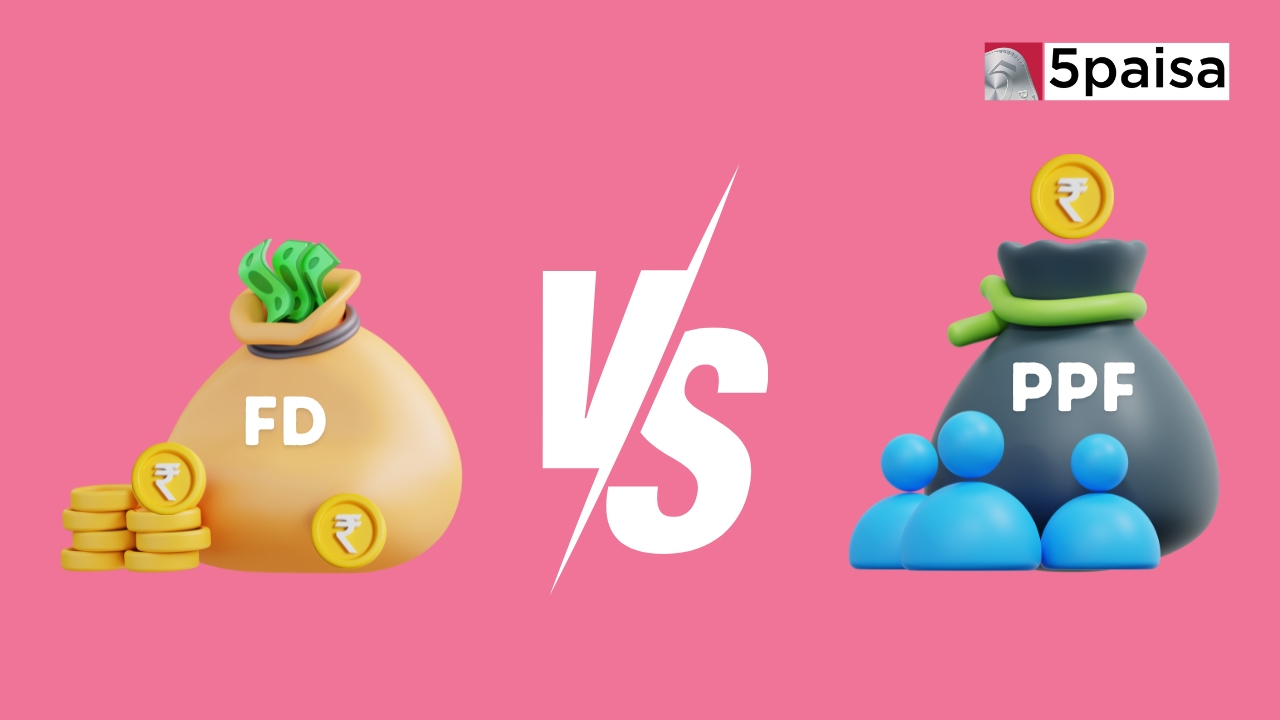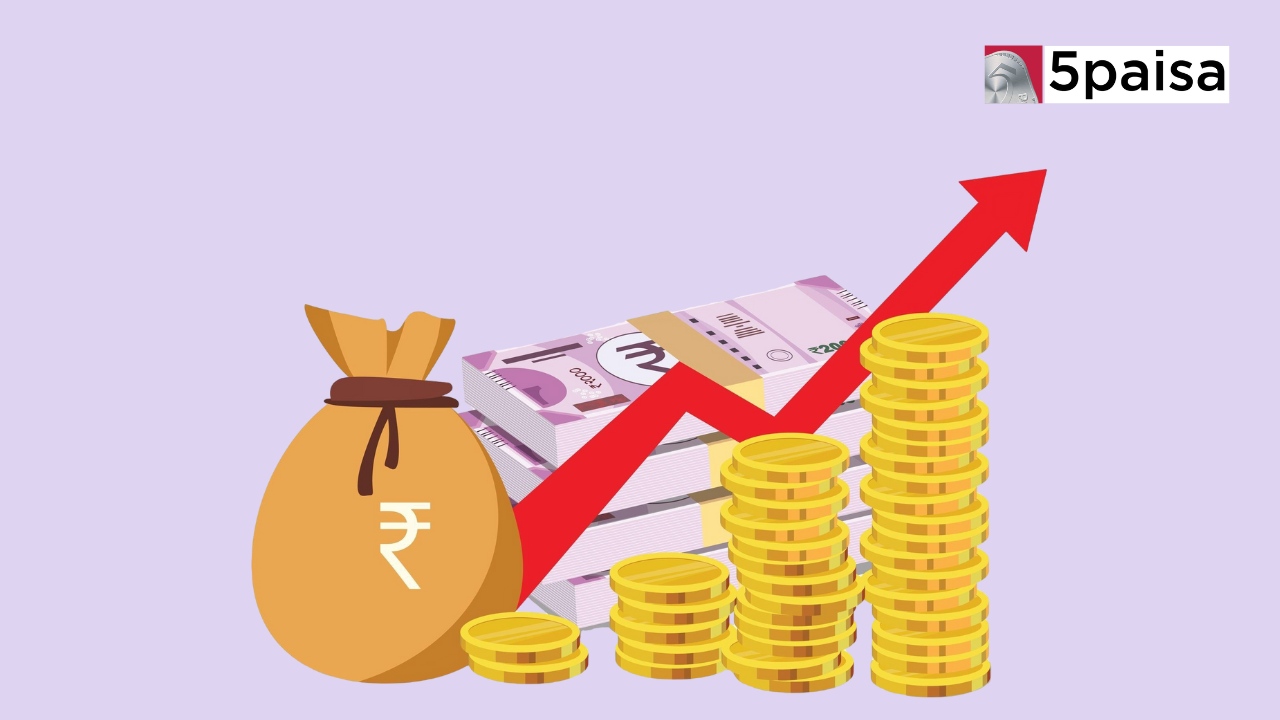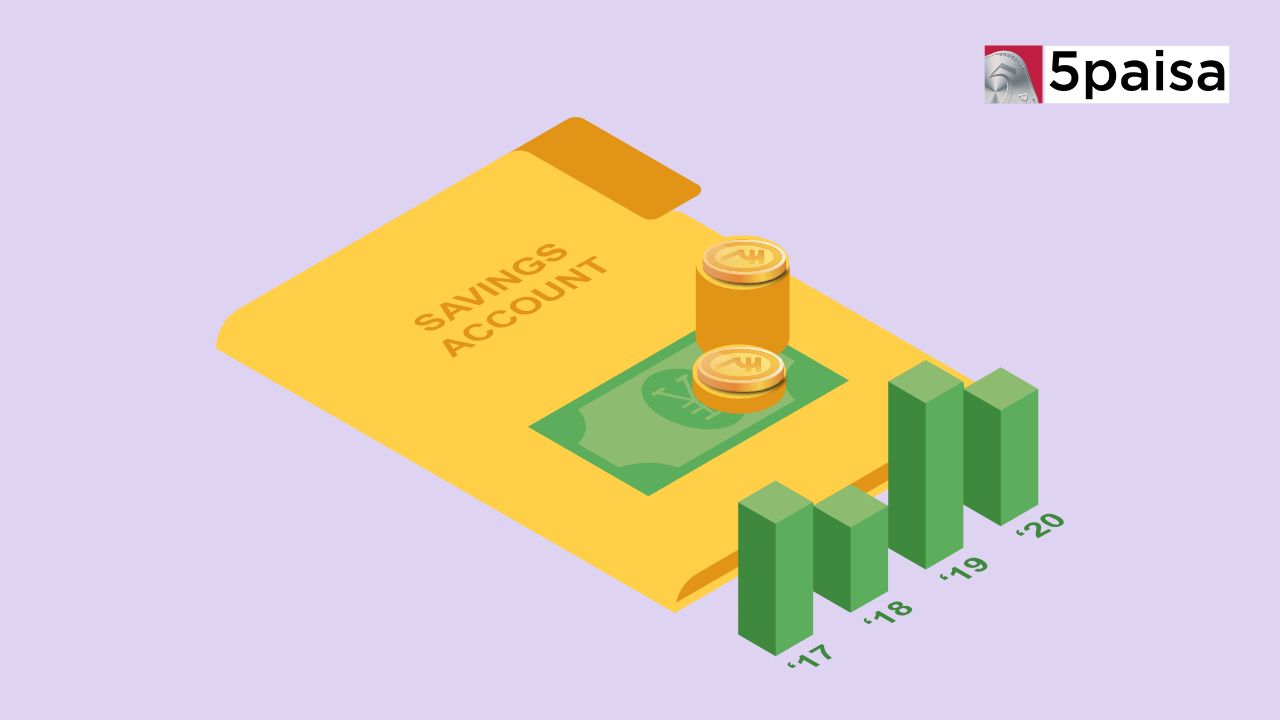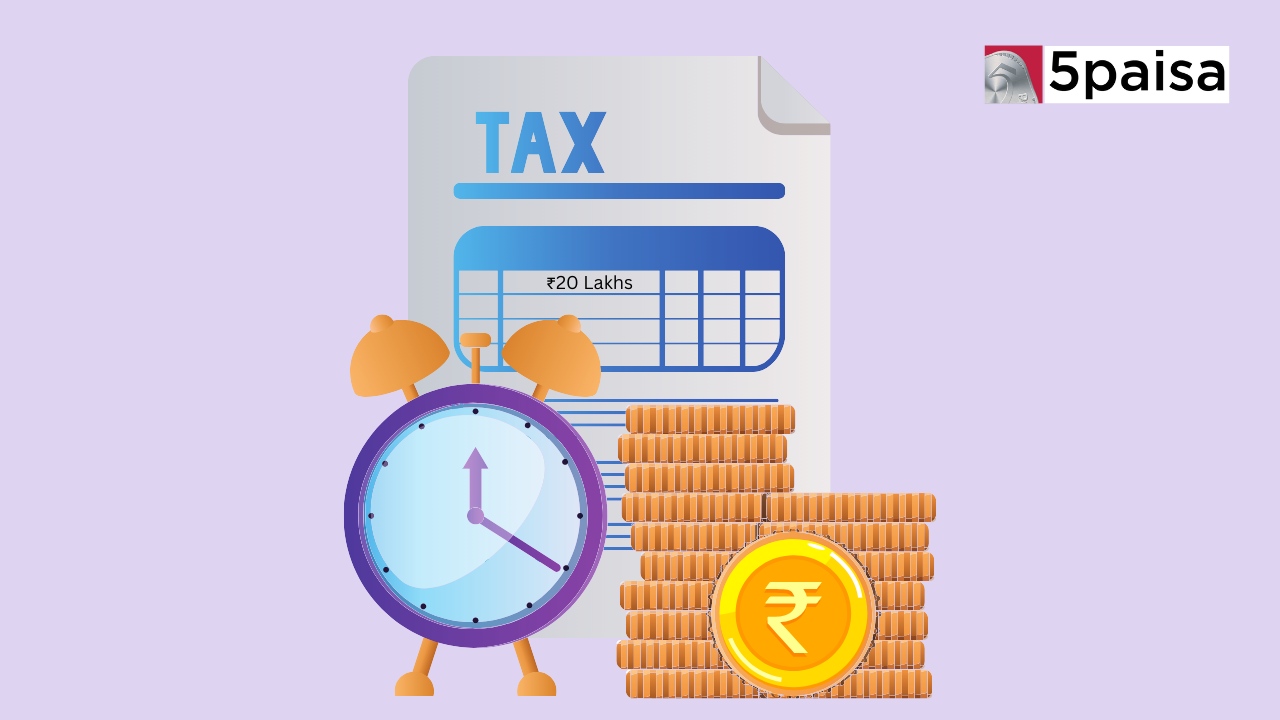Fixed Deposit (FD) vs Public Provident Fund (PPF)

Last Updated: 30th April 2024 - 03:16 pm
Fixed Deposits (FDs) and Public Provident Funds (PPFs) are popular investment choices in India, each serving different financial needs and offering unique benefits. FDs are bank deposits with fixed interest rates and tenure, providing stability and predictable returns. On the other hand, PPFs are government-backed long-term investment options that offer tax exemptions and compound interest, suitable for retirement savings. While FDs are ideal for short to medium-term investments, PPFs are better for long-term financial planning due to their tax benefits and secure nature. Choosing between them depends on one's financial goals, risk appetite, and investment horizon.
Meaning of a Fixed Deposit?
A Fixed Deposit (FD) is a financial instrument offered by banks and non-banking financial companies where investors deposit a lump sum amount for a fixed period, earning a higher interest rate compared to savings accounts. The tenure can range from a few weeks to several years, and the interest rate remains constant regardless of market fluctuations. Upon maturity, the investor receives the principal amount along with the accrued interest. FDs are a popular choice for conservative investors seeking a safe and stable return on their capital without exposure to market risks.
Meaning of Public Provident Fund
A Public Provident Fund (PPF) is a long-term savings scheme backed by the government of India, offering tax-exempt returns. It is a popular investment vehicle particularly aimed at providing retirement security. Investors can contribute to their PPF account annually over a period of 15 years, which can be extended in blocks of 5 years. The interest rate on PPF is set by the government and is compounded annually. Contributions, interest earned, and the amount received upon maturity are all exempt from tax, making PPF an attractive option for tax-saving and accumulating a retirement corpus.
PPF vs. FD
When it comes to saving and investing, choosing the right vehicle can make a significant difference in financial outcomes. Two popular options in India are the Public Provident Fund (PPF) and Fixed Deposits (FDs). Each has unique features suited to different financial goals and risk appetites.
Public Provident Fund (PPF): PPF is a government-backed long-term saving scheme that encourages small savings offering tax benefits. The main attraction of PPF is its triple tax exemption status—exempt-exempt-exempt (EEE)—where the principal invested, the interest earned, and the returns are not taxed. The maturity period of a PPF account is 15 years, which can be extended in blocks of 5 years. The interest rates are decided by the government each quarter and are generally higher compared to regular savings accounts. PPF allows investors to make yearly contributions up to a specified limit, which qualifies for tax deductions under Section 80C of the Income Tax Act.
Fixed Deposit (FD): Fixed Deposits are investment instruments provided by banks and non-banking financial companies where money is deposited for a fixed period at a predetermined interest rate. The tenure of an FD can vary from 7 days to 10 years, offering flexibility in terms of investment duration. Interest rates are usually higher than those of savings accounts and are fixed for the term of the deposit, providing predictability in returns. FDs can be renewed upon maturity and typically offer higher interest rates for senior citizens. However, the interest earned on FDs is taxable according to the investor's tax bracket, and there are penalties for early withdrawal.
Comparison:
• Risk: Both PPF and FDs are considered low-risk investments. PPF carries a government guarantee, making it almost risk-free. FDs are also relatively safe, though they are subject to the financial health of the bank or institution.
• Returns: PPF generally offers higher effective returns due to its tax benefits. FD returns are fixed and can be calculated at the time of investment.
• Liquidity: FDs are more liquid compared to PPF. While FDs can be prematurely withdrawn (with penalties), PPF allows partial withdrawals only after the 6th year.
• Suitability: PPF is more suitable for individuals looking for long-term growth with tax benefits, ideal for retirement planning. FDs are better for those seeking short to medium-term investments or who may need access to their funds with relatively short notice.
Deciding between a PPF and an FD depends largely on the investor's financial goals, horizon, and need for liquidity. Both can be part of a balanced investment portfolio, addressing different needs and stages of financial planning.
Interest Calculation for FDs and PPFs
Interest on Fixed Deposits (FDs) is calculated using a simple interest formula or compound interest, depending on the bank’s policy. The rate is fixed for the term and interest can be compounded quarterly, half-yearly, or annually.
Public Provident Funds (PPFs) utilize compound interest, calculated annually on the minimum balance between the fifth and the last day of each month. The government sets the PPF interest rate quarterly, and it is compounded yearly, maximizing returns over its long tenure. Both FD and PPF interest calculations ensure that investments grow predictably over time.
Fixed Deposit Suitability
Fixed Deposits (FDs) are well-suited for investors seeking a safe and predictable return without exposure to market risks. They are ideal for those who have a lump sum amount that can be set aside for a fixed period, ranging from a few months to several years. FDs offer flexibility in terms of investment duration and interest payout options, making them suitable for short to medium-term financial goals, such as funding a major purchase or preparing for an upcoming expense. Additionally, FDs are preferred by conservative investors, including senior citizens, who often receive higher interest rates.
Public Provident Fund Suitability
The Public Provident Fund (PPF) is particularly suitable for individuals seeking long-term investment opportunities with significant tax benefits. It is ideal for those planning for retirement or long-term wealth accumulation due to its safe, government-backed nature and attractive compound interest. The PPF's tax-exempt status on deposits, interest, and maturity proceeds make it a powerful tool for tax planning. Its 15-year tenure, extendable in 5-year blocks, also encourages disciplined savings. PPF is best for investors who do not require immediate liquidity and are looking to build a substantial corpus over time.
Benefits of a Fixed Deposit
Fixed Deposits (FDs) offer several compelling benefits for investors. They provide a high degree of safety as FDs are insulated from market volatility, ensuring stable and predictable returns. Interest rates on FDs are usually higher than those on savings accounts, and these rates are fixed for the duration of the deposit, shielding investors from interest rate fluctuations. FDs are highly flexible, with a range of tenures to suit different financial needs and goals. Additionally, they allow for liquidity through premature withdrawals, albeit with potential penalties. FDs also often offer higher rates for senior citizens, enhancing their appeal to older investors.
Benefits of a PPF Account
A Public Provident Fund (PPF) account offers several benefits, making it a popular investment choice. The most notable is its tax-efficient nature; contributions, interest earned, and maturity proceeds are all tax-exempt under the EEE (Exempt-Exempt-Exempt) model. The government backing ensures a secure investment, coupled with attractive compound interest rates that are revised quarterly. The PPF has a long tenure of 15 years, extendable in 5-year blocks, promoting long-term savings discipline. It also allows for partial withdrawals and loans against the balance from the 6th year, adding a degree of liquidity to the investment.
Comparison of FD rates

- Flat ₹20 Brokerage
- Next-gen Trading
- Advance Charting
- Actionable Ideas
Trending on 5paisa
Personal Finance Related Articles
Disclaimer: Investment in securities market are subject to market risks, read all the related documents carefully before investing. For detailed disclaimer please Click here.
 5paisa Research Team
5paisa Research Team
 Sachin Gupta
Sachin Gupta




